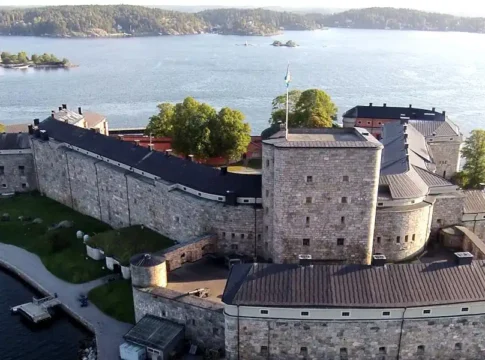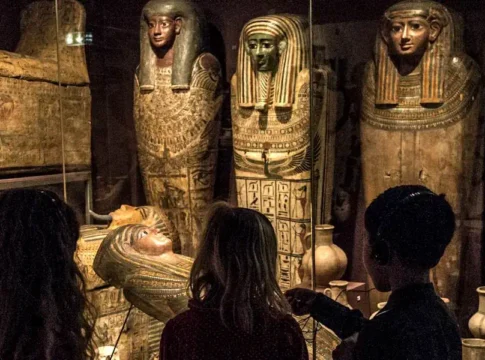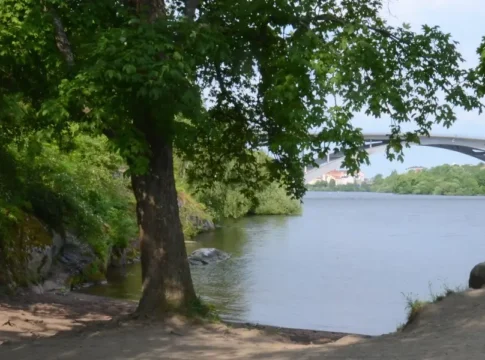The Nordic Museum: Journey Through Swedish Daily Life
Located on scenic Djurgården Island, the Nordic Museum (Nordiska museet) is a majestic tribute to Swedish life and culture. Since 1907, this landmark has chronicled Sweden’s evolution—from 16th-century folk life to modern traditions.


🧶 Threads of Nordic Culture
Inside, visitors can explore traditional costumes, furniture, crafts, and household items that trace changes in Swedish lifestyles, beliefs, and design. Interactive displays bring folk customs and rituals to life in engaging ways.
🏛️ Iconic Setting & Collections
The museum’s grand hall is dominated by a statue of King Gustav Vasa, sculpted by Carl Milles. Beyond the grandeur, the Nordic Museum continues to evolve—showcasing contemporary Nordic culture through innovative and thought-provoking exhibitions.
📍 Perfect Djurgården Location
Situated near the Vasa Museum and Skansen, the Nordic Museum is easily accessible by ferry, tram, or bus—an ideal hub for a full cultural day out in Stockholm’s heritage district.
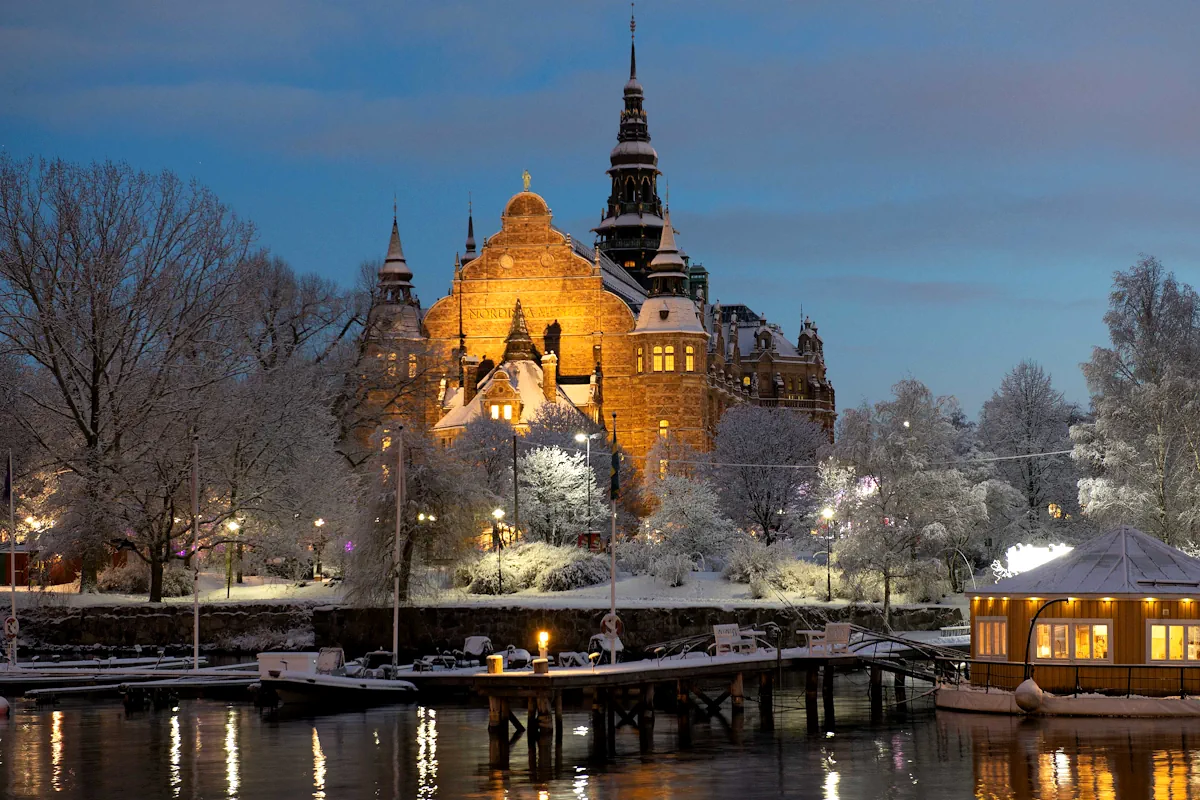

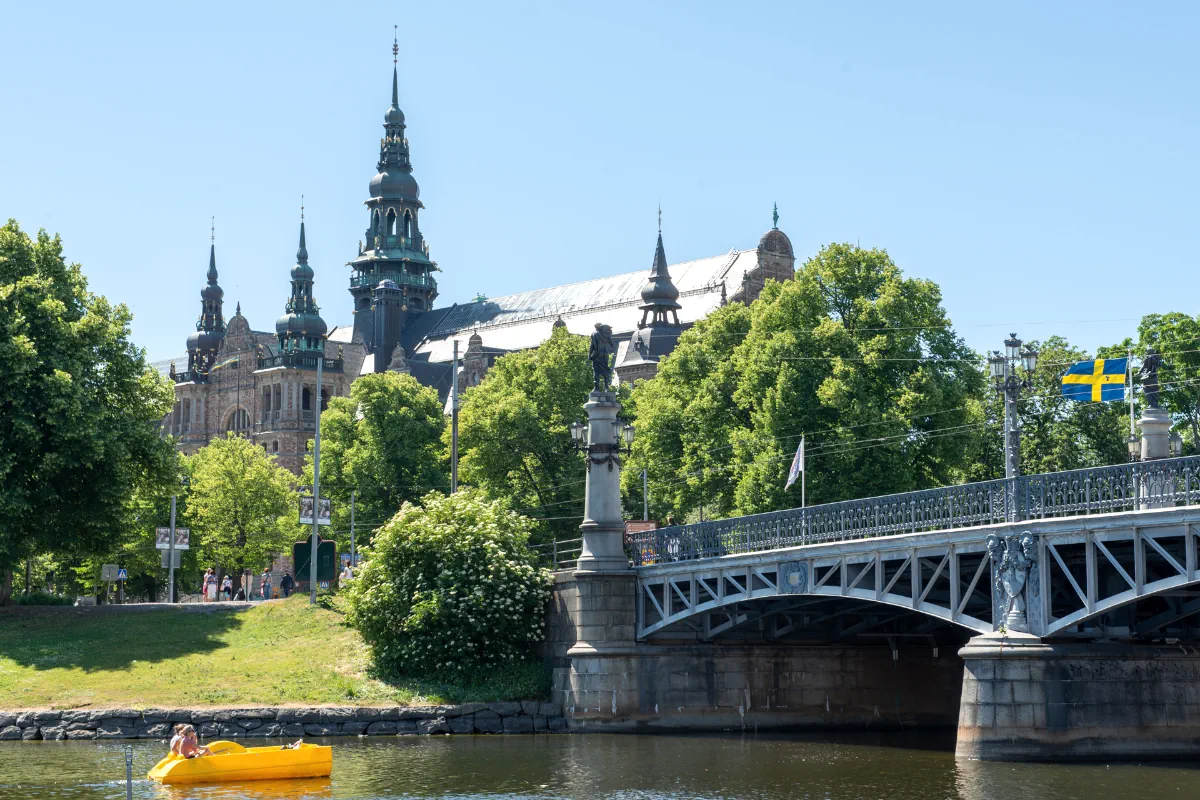

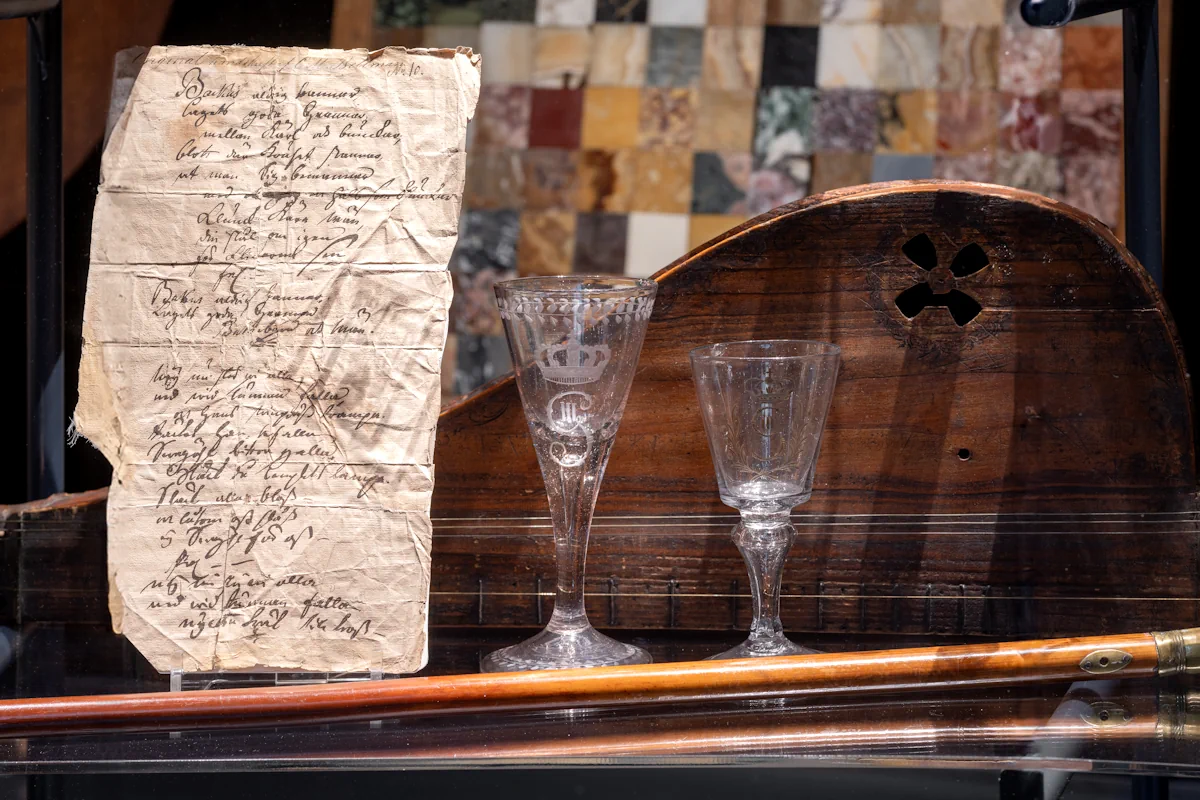
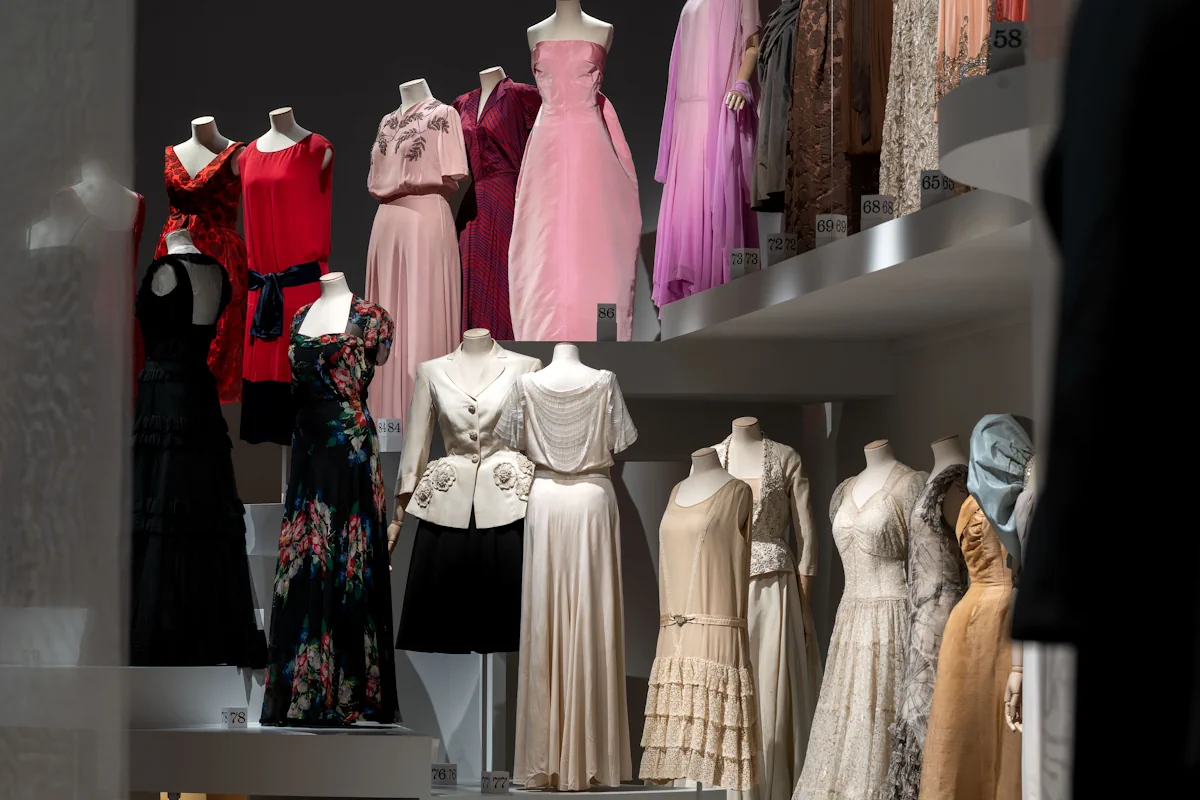
🎓 A Vision of Preservation
Founded by ethnologist Artur Hazelius, the museum was created to safeguard Sweden’s folk culture. Hazelius also established Skansen, forming the cultural heart of Stockholm’s Djurgården.


🧭 Nearby Attractions
- 🛳️ Vasa Museum: Explore Sweden’s famous 17th-century warship, preserved in spectacular detail.
- 🏡 Skansen Open-Air Museum: Discover Swedish heritage with historic buildings and Nordic animals.
- 🎢 Gröna Lund: Enjoy thrilling rides, concerts, and family fun at Stockholm’s iconic amusement park.
- 📚 Junibacken: Step into the world of Swedish children’s literature, including Astrid Lindgren’s classics.
- 🏰 Rosendal Palace: Tour a royal neoclassical retreat surrounded by tranquil gardens.
- 🖼️ The Thiel Gallery: Admire Nordic art in a stunning mansion with scenic views over Djurgården.
- 🦉 The Biological Museum: See beautifully preserved Swedish wildlife in immersive dioramas.
✅ Why Visit?
The Nordic Museum offers a deep dive into Swedish heritage—celebrating craftsmanship, traditions, and the evolving story of everyday life. For lovers of design, history, or folklore, it delivers both depth and delight in equal measure.


